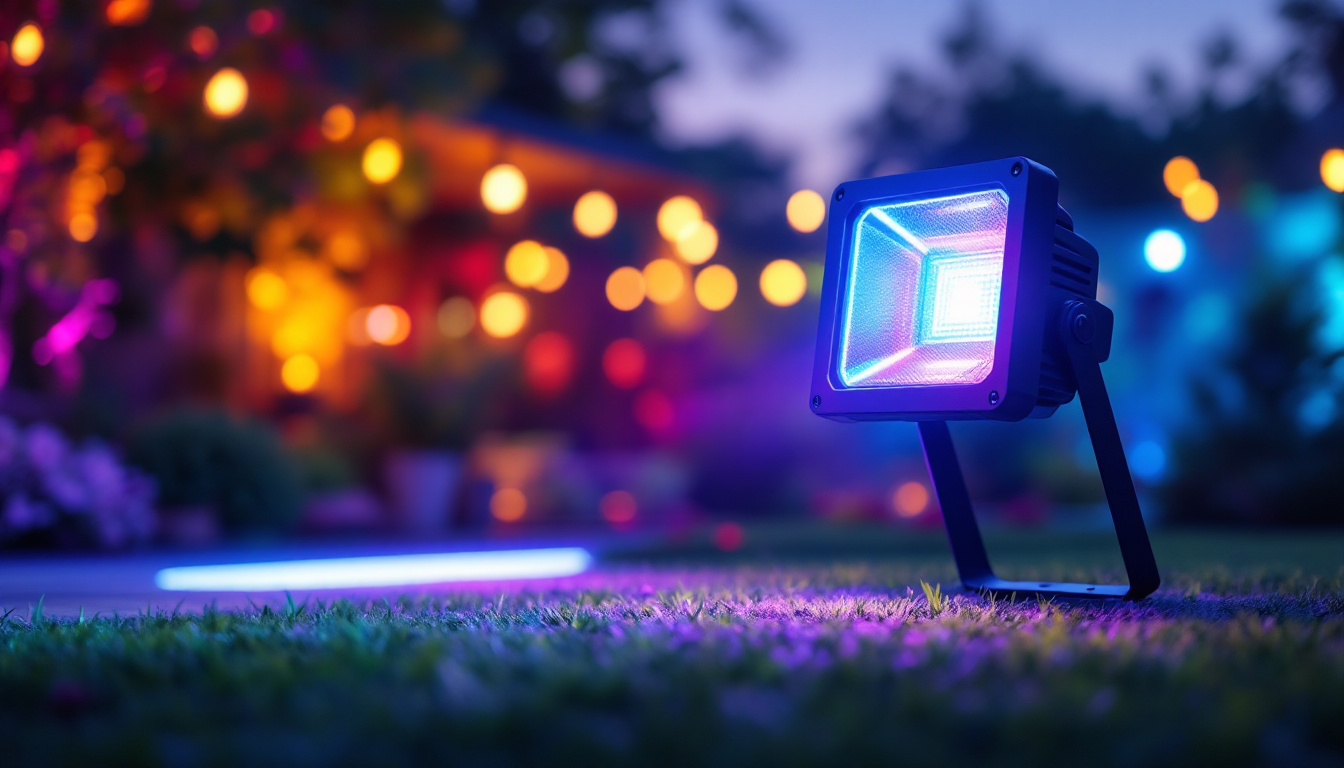
As the demand for versatile outdoor lighting solutions continues to grow, multi-color flood lights have become increasingly popular among lighting contractors. These innovative fixtures not only enhance the aesthetic appeal of outdoor spaces but also offer a range of functional benefits. However, like any lighting solution, they come with their own set of advantages and disadvantages. This article explores the pros and cons of multi-color flood lights, providing valuable insights for lighting contractors considering their use in various projects.
Multi-color flood lights are designed to emit a variety of colors, allowing for dynamic lighting effects that can transform outdoor environments. These lights typically utilize LED technology, which is known for its energy efficiency and longevity. The ability to change colors can create different atmospheres, making them ideal for events, landscapes, and architectural features. Whether illuminating a garden party, enhancing the ambiance of a wedding, or highlighting the unique architecture of a building, multi-color flood lights provide versatility and creativity in outdoor lighting design.
Furthermore, the use of multi-color flood lights can significantly enhance security measures. By strategically placing these lights around a property, homeowners can create a well-lit environment that deters potential intruders. The ability to change colors can also serve as a visual alert system; for example, red lights could indicate an alert or emergency situation, while green lights might signify safety. This functionality not only adds aesthetic value but also contributes to peace of mind for those who prioritize safety in their outdoor spaces.
There are several types of multi-color flood lights available on the market, each with unique features and capabilities. Some of the most common types include:
In addition to these types, some multi-color flood lights are designed with weather resistance in mind, making them suitable for various outdoor conditions. These rugged models can withstand rain, snow, and extreme temperatures, ensuring that your lighting remains functional and vibrant year-round. Moreover, many manufacturers are now focusing on sustainable practices, offering eco-friendly options that reduce environmental impact while still providing stunning visual effects.
Lighting contractors can benefit from the use of multi-color flood lights in various ways. The following advantages highlight why these fixtures are worth considering for outdoor projects.
One of the primary benefits of multi-color flood lights is their versatility. They can be used in a multitude of settings, from residential gardens to commercial properties. The ability to change colors allows contractors to create customized lighting schemes that cater to specific events or moods. For instance, a lighting contractor can use warm colors for a cozy outdoor gathering or vibrant hues for a festive celebration.
Multi-color flood lights significantly enhance the visual appeal of outdoor spaces. By strategically placing these lights, contractors can highlight architectural features, trees, and landscaping elements, creating a stunning nighttime ambiance. This not only adds value to the property but also attracts potential clients looking for unique outdoor lighting solutions.
Most multi-color flood lights utilize LED technology, which is known for its energy efficiency. Compared to traditional incandescent or halogen lights, LEDs consume significantly less power while providing the same or even greater brightness. This not only reduces energy costs for clients but also aligns with the growing trend towards sustainable and eco-friendly practices in the lighting industry.
While multi-color flood lights offer numerous benefits, they also come with certain drawbacks that lighting contractors should consider before incorporating them into their projects.
One of the main disadvantages of multi-color flood lights is their initial cost. These fixtures are generally more expensive than standard flood lights due to their advanced technology and features. For contractors working with tight budgets, this can be a significant factor to consider. However, it is essential to weigh the long-term benefits against the upfront investment.
Installing multi-color flood lights can be more complex than traditional lighting options. The need for additional wiring, controllers, and sometimes even software integration can complicate the installation process. Contractors may need to invest extra time and resources to ensure proper setup, which could impact project timelines and labor costs.
While LED lights are known for their longevity, the complexity of multi-color flood lights can lead to increased maintenance and repair needs. If one component fails, it may affect the entire system, requiring specialized knowledge for troubleshooting and repair. Contractors should be prepared to offer ongoing support and maintenance services to clients who choose these fixtures.
Understanding the various applications of multi-color flood lights can help contractors identify opportunities for their use in different projects. Below are some common applications where these lights can excel.
Multi-color flood lights are perfect for event lighting, providing the ability to create a vibrant atmosphere for weddings, parties, and corporate events. By adjusting the colors to match the theme or mood of the event, contractors can enhance the overall experience for attendees. Additionally, these lights can be programmed to change colors throughout the event, adding a dynamic element to the lighting design.
In landscape design, multi-color flood lights can be used to accentuate features such as trees, shrubs, and water features. By highlighting these elements with different colors, contractors can create a visually stunning outdoor space that changes with the seasons or special occasions. This flexibility allows for creative expression and can significantly enhance the value of the property.
For commercial properties, multi-color flood lights can be used to illuminate architectural features, signage, and building facades. This not only improves visibility but also creates a striking visual impact that can attract customers and enhance brand recognition. Contractors can work with business owners to develop customized lighting schemes that reflect the brand’s identity and values.
When selecting multi-color flood lights for a project, contractors should consider several factors to ensure they choose the right fixtures for their clients’ needs.
Different projects may require varying levels of brightness and color options. It is crucial to assess the specific needs of each project and choose flood lights that offer the appropriate lumen output and color range. For example, a large outdoor venue may require more powerful lights with a broader color spectrum, while a residential garden may benefit from smaller, less intense fixtures.
Contractors should also consider the control options available for multi-color flood lights. Some fixtures come with remote controls, while others can be integrated into smart home systems. Understanding the preferences of the client and the intended use of the lights will help in selecting the most suitable control method. This can enhance user experience and add convenience for the client.
Given that these lights will be used outdoors, it is essential to choose fixtures that are durable and weather-resistant. Look for products with high IP ratings, indicating their ability to withstand moisture, dust, and other environmental factors. This will ensure that the lights perform well over time, reducing the likelihood of maintenance issues.
Successfully installing multi-color flood lights requires careful planning and execution. Here are some tips for lighting contractors to consider during the installation process.
Before installation, it is crucial to plan the layout of the flood lights carefully. Consider the areas that need illumination and how the colors will interact with the surrounding environment. A well-thought-out layout will ensure that the lights are effective in achieving the desired aesthetic and functional outcomes.
Ensure that the wiring and power supply are adequate for the chosen flood lights. Depending on the number of fixtures and their power requirements, contractors may need to install additional circuits or transformers. Proper wiring will prevent issues such as flickering lights or overloads, ensuring a smooth installation process.
After installation, it is essential to test the lights and make any necessary adjustments. This includes checking the color accuracy, brightness levels, and control functionality. Taking the time to fine-tune the setup will result in a more polished final product and a satisfied client.
Multi-color flood lights present a unique opportunity for lighting contractors to enhance outdoor spaces with dynamic and versatile lighting solutions. While they offer numerous benefits, including versatility, enhanced aesthetics, and energy efficiency, there are also challenges to consider, such as initial costs and installation complexity. By understanding the pros and cons, as well as the various applications and installation tips, contractors can make informed decisions that will benefit their clients and their business.
As the lighting industry continues to evolve, staying informed about the latest trends and technologies will be crucial for contractors looking to remain competitive. Multi-color flood lights are just one example of how innovation can transform outdoor lighting, and embracing these advancements can lead to exciting new opportunities in the field.
Ready to elevate your lighting projects with the dynamic versatility of multi-color flood lights? At LumenWholesale, we provide lighting contractors with the highest quality, spec-grade lighting products at prices that can’t be beaten. Say goodbye to local distributor markups and hello to a vast selection of reliable, high-performance lighting that meets the most rigorous industry standards. With the added benefits of free shipping and bulk buying made simple, you can ensure your projects shine without the burden of hidden fees or compromises. Discover the ideal fusion of quality, affordability, and convenience at LumenWholesale. Wholesale Lighting at the Best Value awaits you.
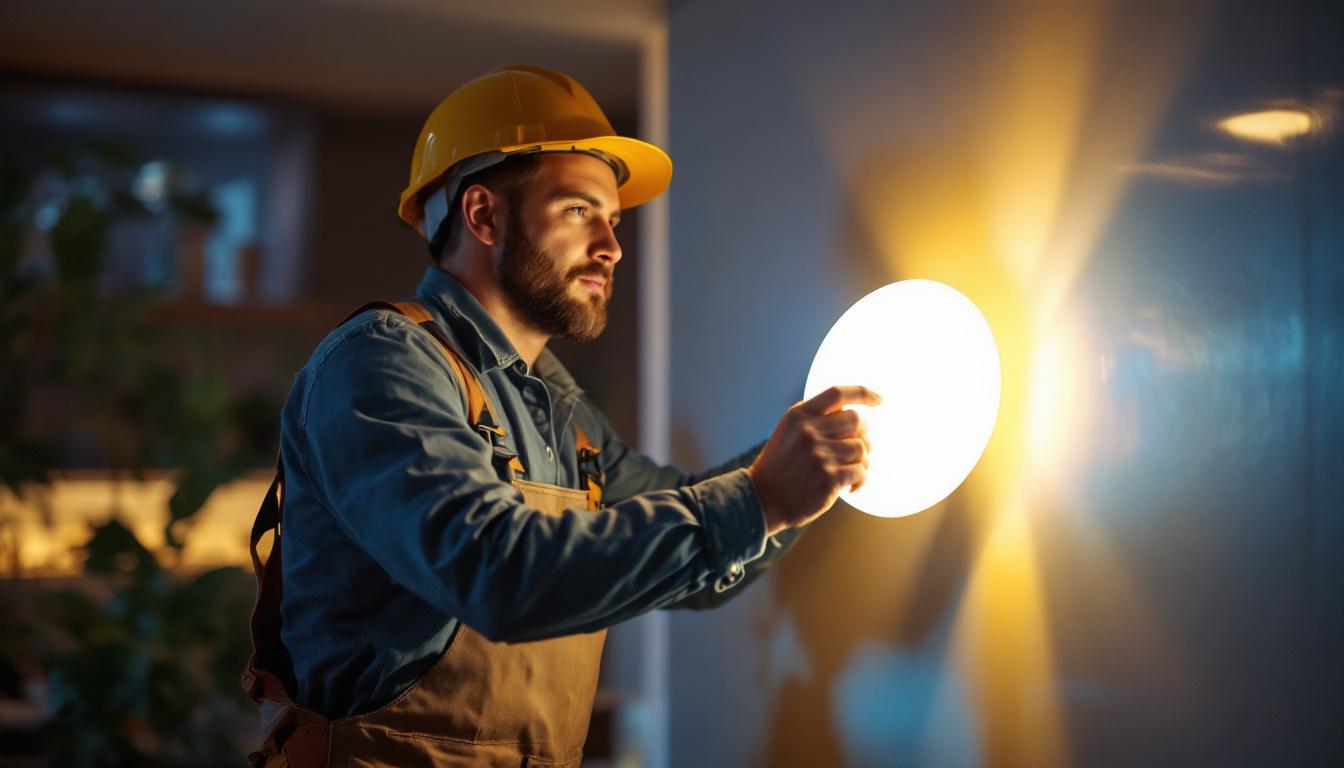
Discover how 4 wafer lights boost lighting contractors’ efficiency by up to 30%, reduce installation time, and lower costs. Learn key benefits—read more now!.
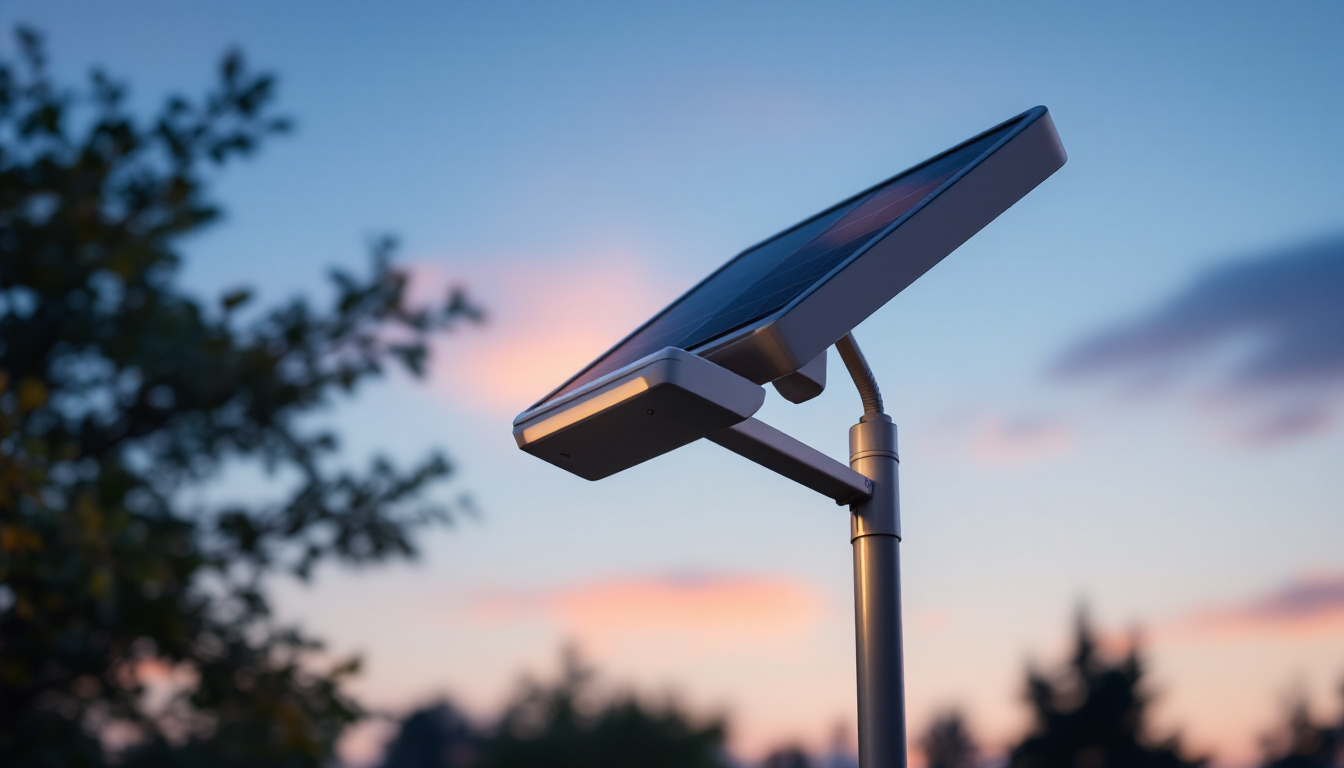
Discover the ins and outs of solar light poles with our comprehensive guide tailored for lighting contractors.
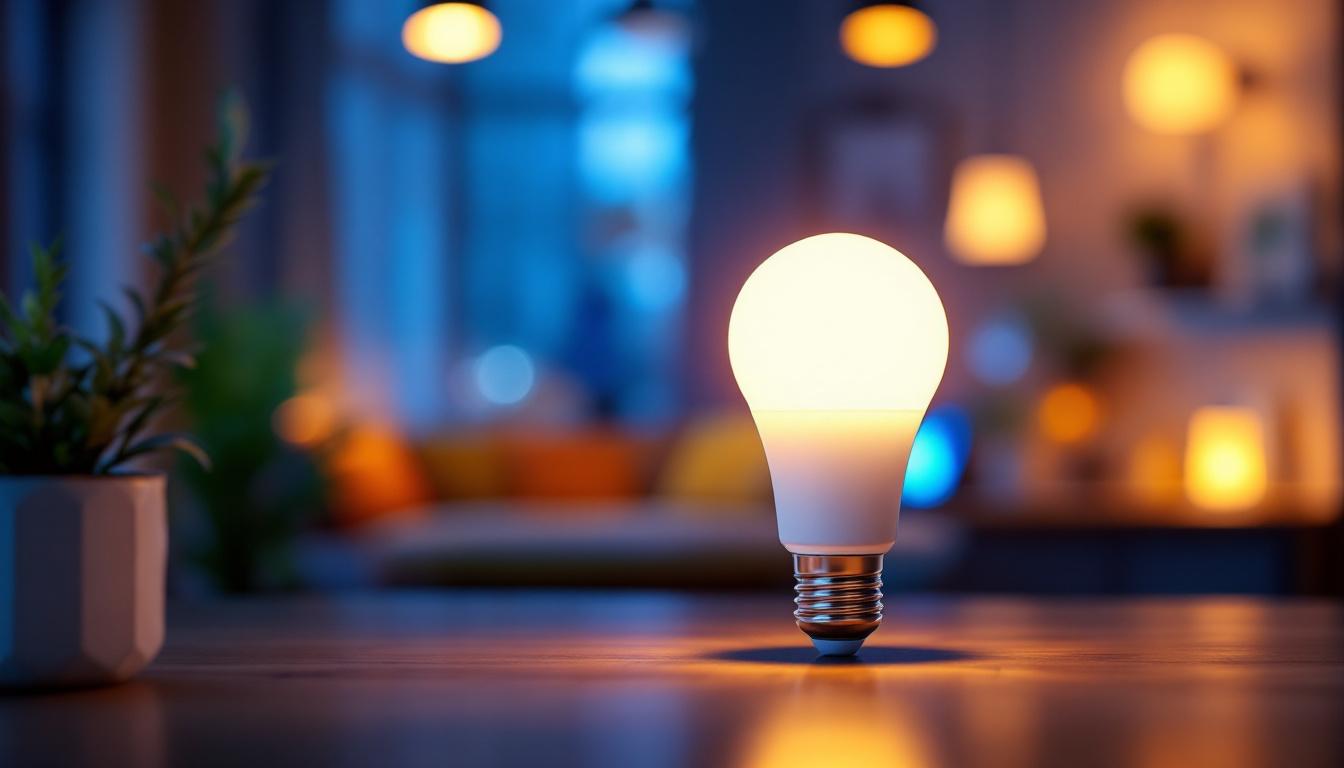
Discover innovative strategies employed by smart lighting contractors when working with 120V 5W bulbs.
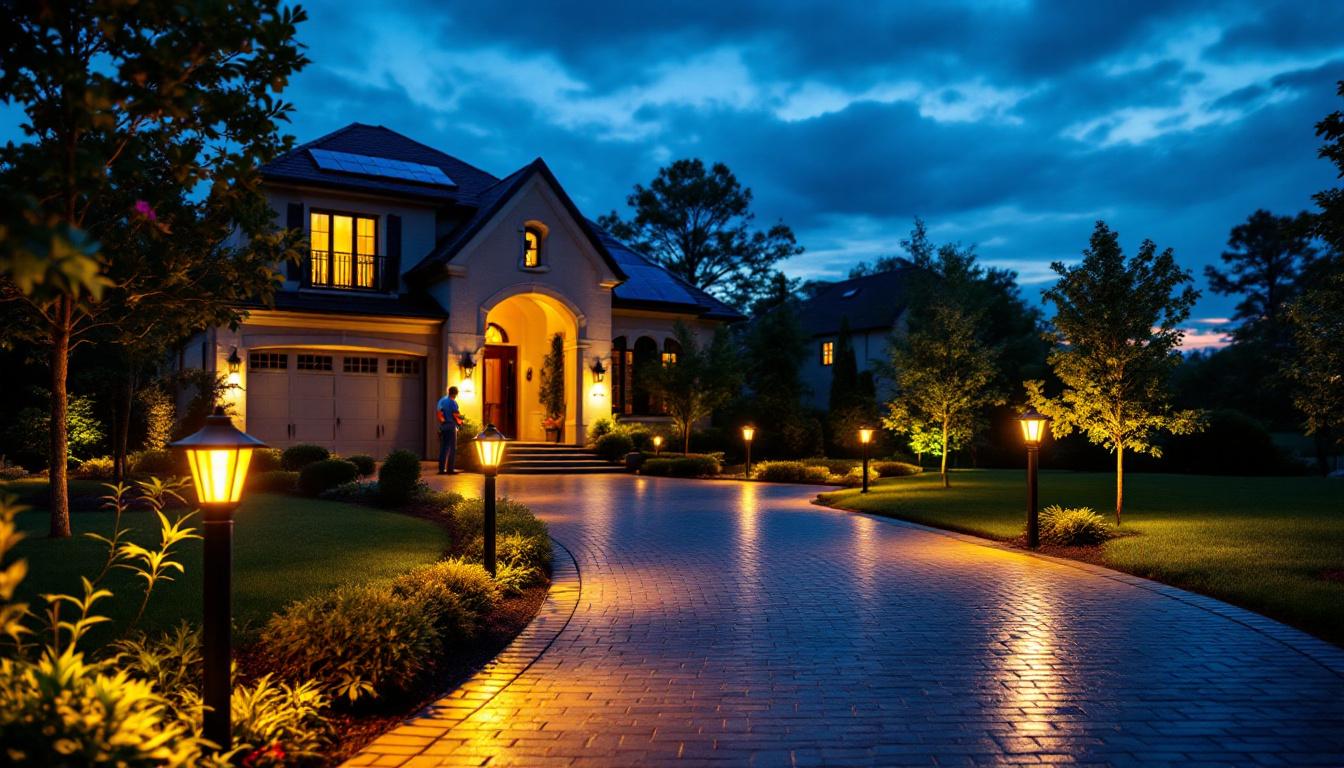
Discover how solar driveway entrance lights are revolutionizing lighting contractors’ projects by offering sustainable, cost-effective solutions.